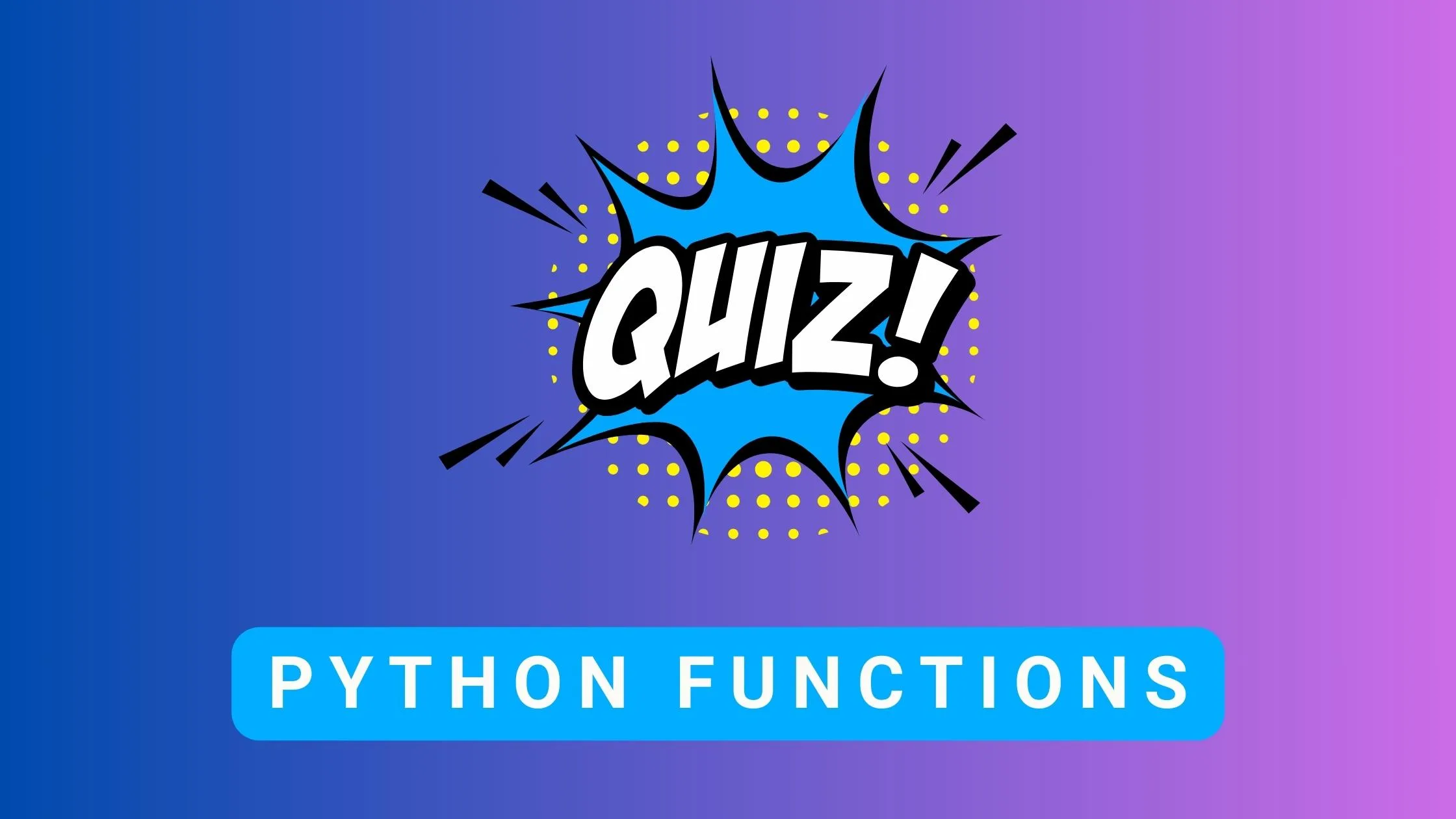Python Quiz for Functions
Functions in Python enable programmers to group related statements together, making the code more readable, reusable, and efficient. Whether you’re a beginner trying to grasp the basics of function syntax or an experienced coder aiming to test your understanding, this Python quiz for functions is designed to challenge and educate you. From simple function declarations to intricate details about parameters and return values, get ready to put your Python knowledge to the test!
7



